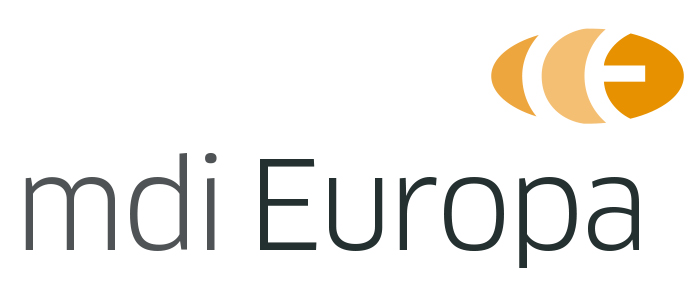The European Commission’s new guidance (MDCG 2025-6/AIB 2025-1), which was already announced in a previous article, explains how the Medical Devices Regulation (MDR) and In Vitro Diagnostic Medical Devices Regulation (IVDR) interact with the EU AI Act, especially for high-risk AI medical devices and IVDs (together called MDAI).
Key Topics Covered
The document’s 36 FAQs are grouped into seven areas—Scope & Classification, Management System Requirements, Clinical & Performance Evaluation, Conformity Assessment, Substantial Modifications, Post-Market Monitoring, and Other Questions—so stakeholders can quickly find answers on data governance, transparency, human oversight, cybersecurity, and more.
Key Aspects
The guidance confirms that real-world testing(e.g., clinical investigations or performance studies) of high-risk AI systems can proceed before market entry, provided it complies with EU or national laws.
Manufacturers must also verify that their product qualifies as both a medical device and a high-risk AI system, comply with MDR/IVDR and the AI Act, coordinate assessments with notified bodies, address AI-specific risks in technical files, ensure explainability and human oversight of AI outputs, monitor for bias and performance issues, use high-quality data, communicate AI capabilities and limitations clearly, register in relevant databases, and obtain CE marking.
The AI Act introduces additional complexity to the MDR and IVDR by defining ‘substantial modification’ and requiring the development of implementation guidelines, which will then need to be assessed for their impact on medical devices and IVDs. The AI Act mandates that high-risk MDAIs undergo a new conformity assessment after a substantial modification, regardless of whether they are distributed or used by the same deployer. However, if high-risk MDAIs that continue to learn on the market adhere to a predetermined change control plan checked during the initial assessment, they are not considered substantially modified.
It is imperative to clearly define and document pre-determined changes during conformity assessment, ensuring they are adaptable to the device’s evolution, including initial performance expectations and mechanisms for managing post-market changes.
Source: Medtech Insight (an Informa product)
Accompanying this subject we recommend the following content on our website
- General-Purpose AI Code of Practice published
- MDCG published guidance 2025-6
- Unlocking AI Literacy: What You Need to Know
- EU notified bodies on harmonised standards regarding cybersecurity
- bsi develops guidelines for the application of ISO 14971 to artificial intelligence and machine learning





